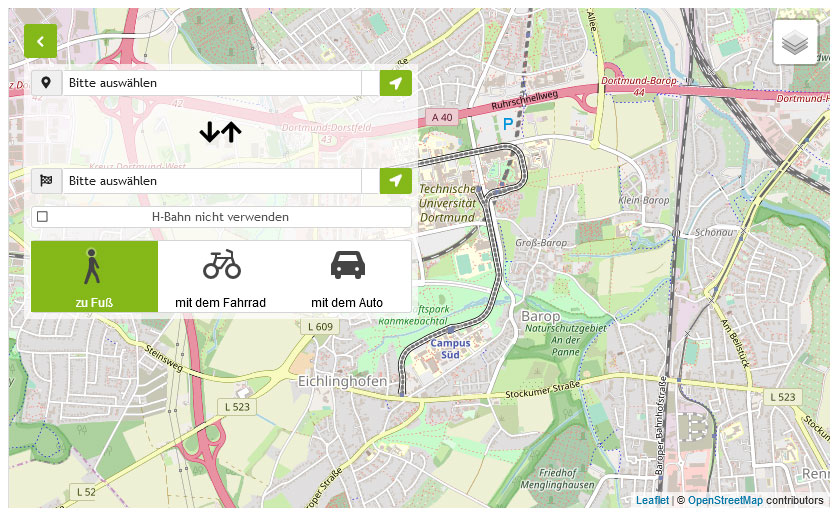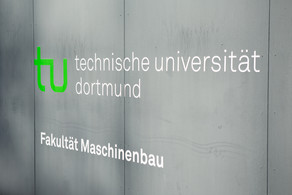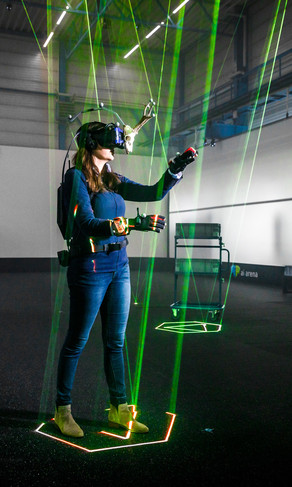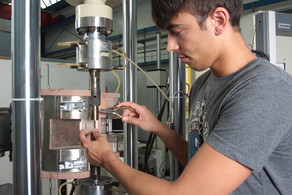2019
| PhD | Title of the dissertation | Dissertation no. |
| Linkamp, Andreas | Non-reflecting boundary and coupling condition for unsteady flow simulation of fluid energy machines in plants | 968 |
| Hengstebeck, André | Modeling of interactive human-robot processes for planning hybrid work systems | 967 |
| Hartung, Jochen | Reference model for designing and evaluating the development of production systems | 966 |
| Berthelsen, Rolf | Computational homogenization of thermomechanical problems | 965 |
| Heitbreder, Tim Steffen | Modelling of material interfaces at different length scales | 964 |
| Zeidler, Felix | Contribution to the self-control of cyber-physical production systems in order-related manufacturing | 963 |
| Graefenstein, Julian | Methodology for task-oriented factory planning | 962 |
| Schmiedt-Kalenborn, Anke | Microstructure-based characterization of fatigue and corrosion-fatigue behavior of solder joints of austenite X2CrNi18-9 with nickel- and gold-based solder | 961 |
| Kansteiner, Michael | Basic investigations on the application behavior of diamond impregnated tools in core drilling of high-strength concrete | 960 |
| Hannich, Stefan | Experimental and simulative investigations on face flow drilling of light metals | 959 |
| Dregger, Johannes | Sociotechnical system design in intralogistics against the background of digital transformation | 958 |
| Böhmer, Martin | A Reference Architecture for Knowledge Management Systems in Industrial Data Management | 957 |
| Demir, Osman Koray | New Test and Interpretation for Electromagnetic Forming Limit of Sheet Metal | 956 |
| Foot, Moritz | Development of a Method for the Production of Deep Non-Circular Holes | 955 |
| Metzger, Maximilian | Internal contouring and rolling of deep drilled blind bores | 954 |
| Kaiser, Tobias | Computational modeling of non-simple and anisotropic materials | 953 |
| Schwane, Martin | Formation and properties of longitudinal extrusion seams during aluminum extrusion | 952 |
| Buss, Dominik | Design and explanation model as a contribution to collaborative spare parts management | 951 |
| Wittke, Philipp | Characterization of Chipless Internal Threads in Aluminum and Magnesium Lightweight Materials | 950 |
| Zwinkau, Ronny | Adaptation of image recognition methods to the control of particle-sensitive production systems | 949 |
| Aßmuth, Robert | Cutting Edge Preparation by Compressed Air Wet Jet Machining with Industrial Robots | 948 |
| Siebrecht, Tobias | Simulation of NC form grinding processes for the prediction of surface topographies under consideration of tool wear | 947 |
| Wirtz, Andreas | Simulation-based analysis and design of energy-efficient NC milling processes in the context of adaptation planning | 946 |
| Jacobi, Pia | Frequency response coupling for stability map calculation for simulation-based design of stable milling processes | 945 |
| Buckmann, Karsten | Microstructure evolution in functional magnetic materials | 944 |
| Seiss, Oliver | Contribution to improved article grouping in intralogistics | 943 |
| Bellmann, Artur | Increasing the Plannability of Agile Approaches in Production System Design | 942 |
| Möller, Martin | Contribution to the design and layout of an innovative circular arc spur gearing system | 941 |
| Hermann, Mario | Maturity model for Industry 4.0-compliant transformation of logistics in manufacturing companies | 940 |
| Halmheu, Rainer | Localization and control of automated guided vehicles via external sensors | 939 |
| Fichtl, Erwin | Contribution to the investigation of partnership-based countertrade | 938 |
| Schallow, Julian | Systematics for Reference Process-Based, Service-Oriented Data Exchange in the Digital Factory | 937 |
| Schmack, Tobias | Development of an integrated method for determining the strain-rate-dependent behavior of fiber-reinforced plastics | 936 |
| Wolf, Mark | Coordination of preparation processes in the manufacturing chain of PVD-coated solid carbide twist drills | 935 |
| Dahnke, Christoph | Composite extrusion of adaptive lightweight components made of aluminum and shape memory alloys | 934 |
| Ullrich, Christian | Investigation of stress corrosion cracking in the weld area of the material 7CrMoVtiB10-10 (T24) | 933 |







![[Translate to English:] [Translate to English:]](/storages/zentraler_bilderpool/_processed_/c/6/csm_Internationale_Studierende_aus_Ecuador_e279fecff6.jpg)
![[Translate to English:] [Translate to English:]](/storages/mb/_processed_/6/b/csm_Maschinenbau-Gebaeude_Foto_TU_Dortmund_Juergen_Huhn2_8aae711271.jpg)